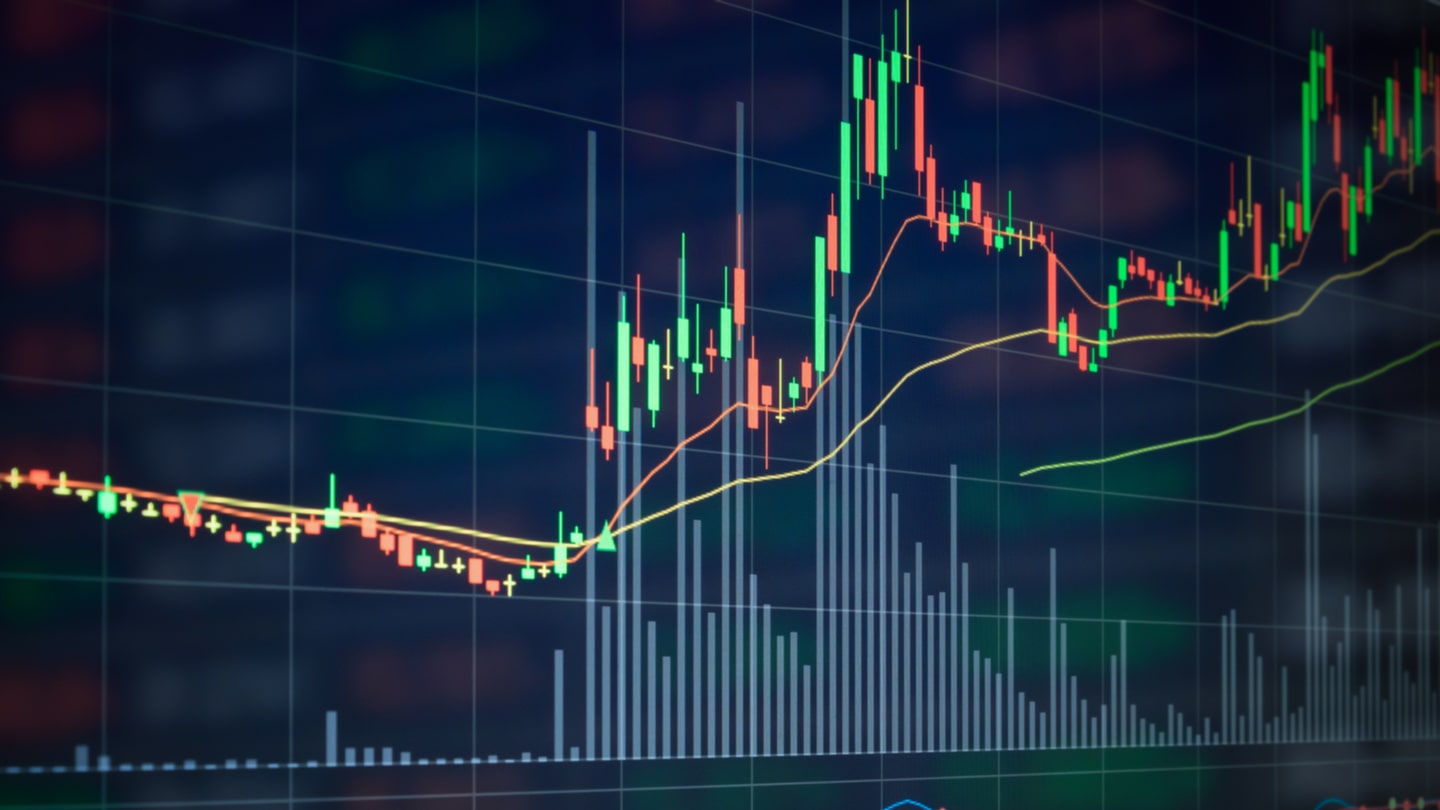How to Trade Double Top Pattern and Double Bottom Pattern?

Story Highlights
- Double bottom pattern (“W”) and Double top pattern (“M”) signal potential trend reversals in technical analysis.
- Watch for breakouts above the neckline (double bottom) or below (double top) for trade confirmation.
- Manage risk with stop-loss orders and consider broader market trends before trading these patterns.
Technical analysis, the art of deciphering price movements through chart patterns, equips traders with valuable insights. Two prominent patterns, double bottoms and tops, resemble the letters “W” and “M,” respectively. Let’s delve into identifying, analyzing, and effectively trading these formations.
Unearthing the “W” and “M”: Chart Formations Explained
Double bottoms and tops signal potential trend reversals. A double bottom appears as a “W” where the price dips twice to a similar level before reversing upwards. Conversely, a double top resembles an “M,” with the price reaching a peak twice before reversing downwards. The key element is the “neckline,” a horizontal line connecting the lows (double bottom) or highs (double top) of the pattern.

Spotting the “W” and “M” on Your Charts
Identifying these formations requires keen observation. While the two troughs or peaks of the pattern needn’t be identical, they should be relatively close in price and occur within a reasonable timeframe. Confirmation comes with a price breakout above the neckline (double bottom) or below it (double top), ideally accompanied by significant trading volume. This breakout suggests a potential trend reversal.
Support and Resistance: Allies in Your Trading Decisions
Both the double bottom pattern and double top pattern can be a powerful tool for recognizing support and resistance levels. Support refers to the price level where buying pressure is likely to halt a price decline, while resistance indicates a level where selling pressure might stall a price increase. In a double top, the peaks act as resistance, while the troughs in a double bottom become support zones. Understanding these levels empowers you to make informed entry and exit points for your trades.
Beyond the “W” and “M”: Effective Trading Strategies
While the “W” and “M” provide valuable clues, successful trading hinges on a multi-pronged approach. Here are some tips to maximize your returns:
Confirmation is Key: Don’t rush in! Wait for a clear breakout above the neckline (double bottom) or below it (double top) before entering a trade.
Profit Taking: Measure the vertical distance between the neckline and the bottom/top of the pattern. Add this distance to the breakout point to estimate your potential profit target.
Stop-Loss Orders: Your Safety Net: Set stop-loss orders just below the neckline (double bottom) or above it (double top) to limit potential losses if the pattern fails.
A Holistic View: Consider broader market conditions, news events, and overall trends before making a trade based solely on the “W” or “M” pattern.

Navigating the Risks: The “W” and “M” Aren’t Guarantees
Double bottoms and tops offer the potential for significant profits, but they come with inherent risks. Remember, the market is unpredictable. Trends may not unfold as expected, and breakouts can be false signals. By employing proper risk management techniques like stop-loss orders and realistic profit targets, you can navigate the potential pitfalls of these popular chart patterns.
In conclusion, mastering the “W” and “M” empowers you to identify potential trend reversals and make informed trading decisions. Remember, successful application requires a combination of pattern recognition, sound risk management, and a keen understanding of broader market forces. So, hone your chart-reading skills, embrace calculated risks, and unlock the potential of double bottoms and tops in your trading journey.

